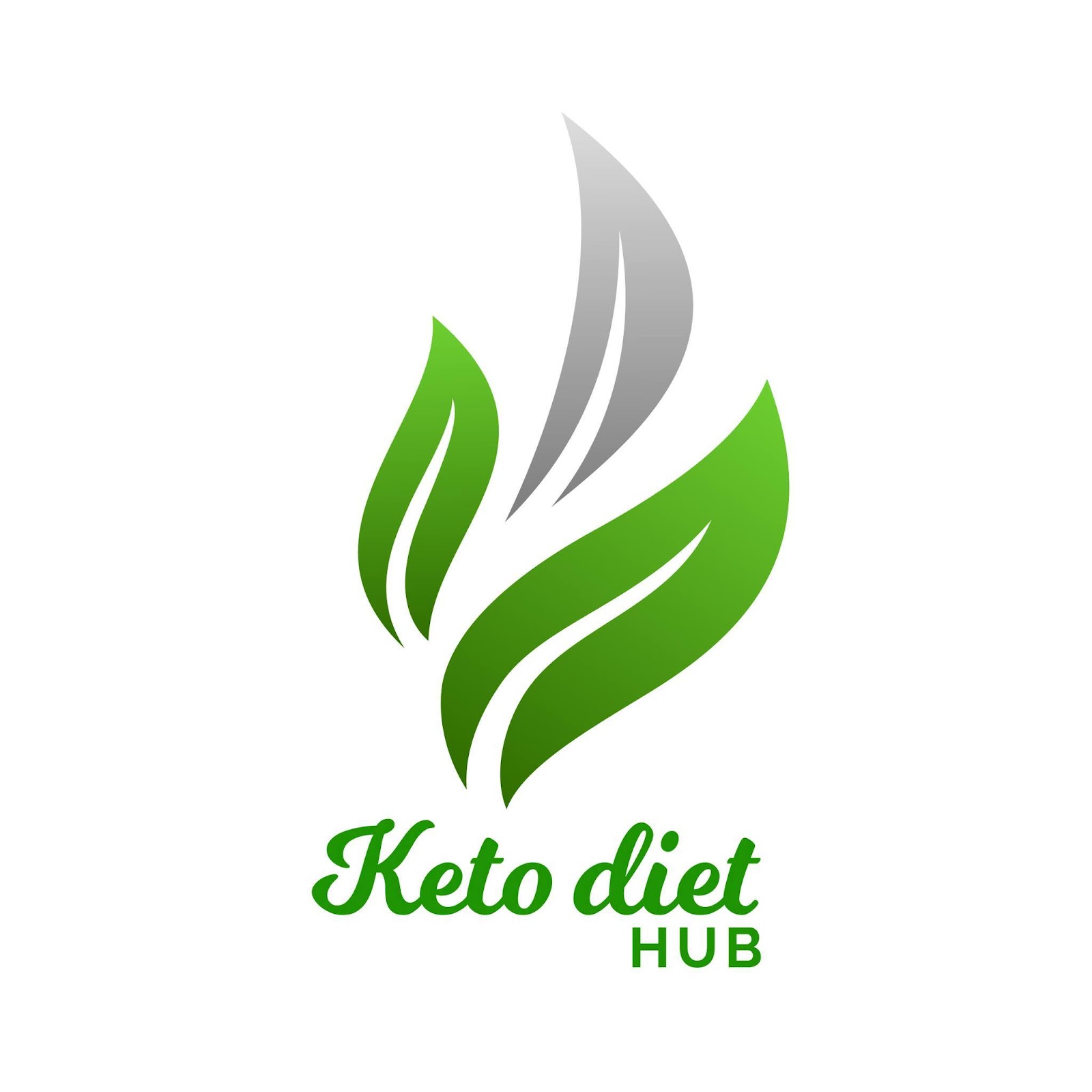Describe the Keto diet.
The major component of keto diets is a sharp drop in carbohydrate intake, which is then substituted with fats. The body enters a metabolic condition known as ketosis when the carbohydrate level is reduced in this way.
Your body can effectively burn fat for energy in this state. Ketones can also be produced from fats in the liver. This aids in providing the brain with energy.
Reductions in blood sugar and insulin levels are only two of the health advantages of keto diets. These may, however, potentially have adverse effects, which we will talk about later.
5 Keto Diet Beginning Tips
In some situations, specific precautions must be taken when on a ketogenic diet. The following advice will make it much easier for you to stick to the diet:
1. Reduced Stress
The body's blood sugar levels ultimately rise as a result of the stress hormone cortisol. Because it contains too much sugar, this stops the body from using fat for energy. Hence, persistent stress can seriously impair the body's capacity to enter ketosis.
2. Put sleep first
Higher stress levels are significantly correlated with less sleep. This can, as was previously mentioned, impede your body from burning fat. One's ability to sleep better can be helped by adhering to a regular schedule. In turn, this lowers stress levels and increases the keto diet's effectiveness.
Getting 8 to 9 hours of sleep per night is excellent. Many studies have revealed that trying to lose weight while getting less sleep can backfire.
3. Consume more salt
Although we've always been told to cut back on our sodium intake, high-carb diets are the sole situation when this is important. High-carb diets naturally produce more insulin, which causes the kidneys to retain salt.
The body excretes a lot more salt when you follow a ketogenic diet, which significantly lowers insulin levels. Hence, while in ketosis, you can increase your salt intake by 3 to 5 g.
4. Regularly Workout
Regular exercise while following a ketogenic diet can speed up the transition to a low-carb, high-fat diet and increase ketone levels. The body must eliminate any glucose it may have to enter ketosis.
The body uses a variety of fuel sources during exercise, including carbohydrates, amino acids, and lipids. Regular activity speeds up the body's process of burning up its glycogen reserves.
5. Consume Plenty of Water
Water consumption is crucial at all times, but on a ketogenic diet, it becomes much more crucial. This is because when the intake of carbohydrates is significantly decreased, the body discharges more water. On days when they are more prone to perspiration, one should ideally consume more water.








0 Comments